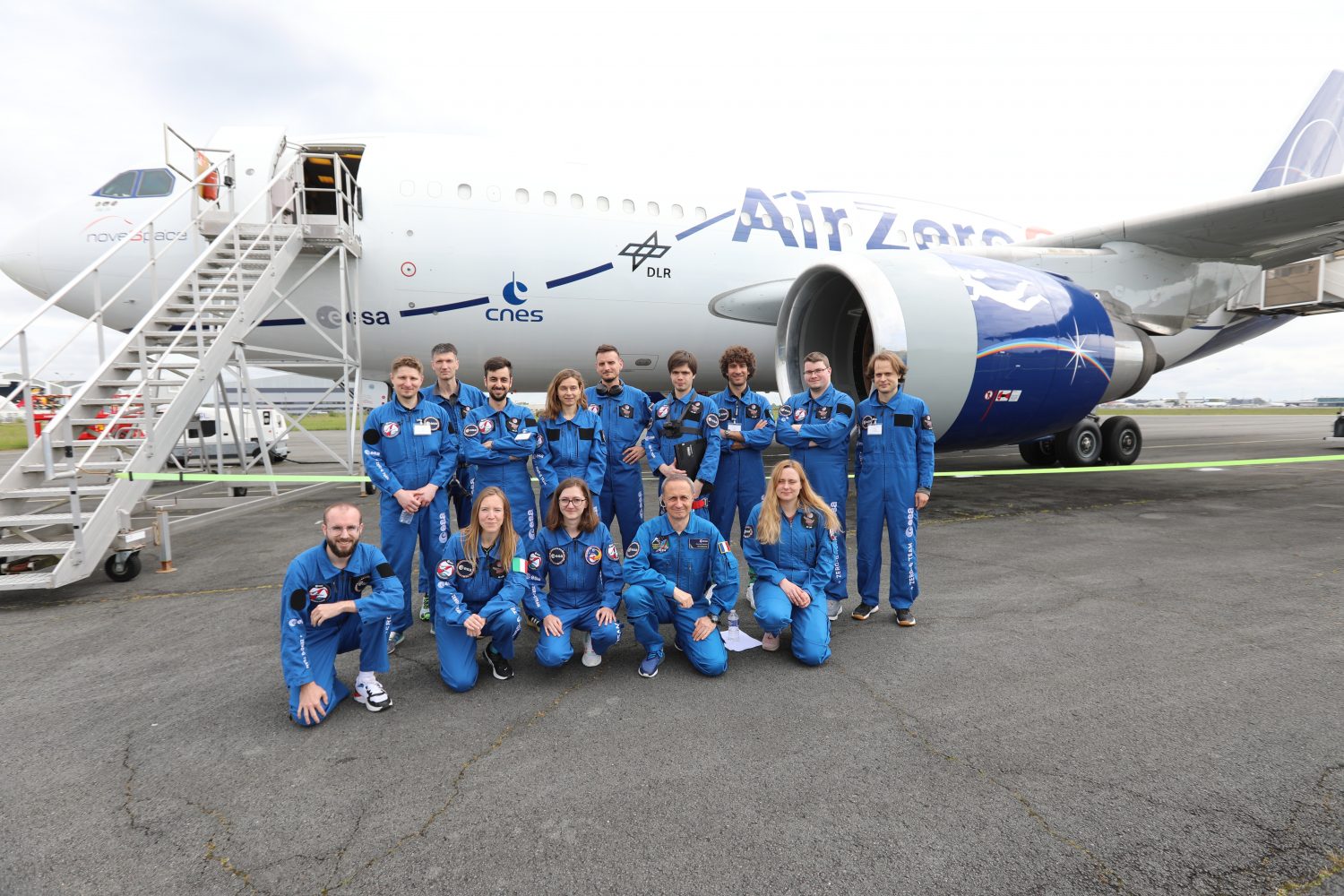
(English) EAC experiments take off in hypogravity
(English) Have you ever wondered how researchers test space equipment or conduct experiments in low gravity conditions before going to space?
One way to achieve this is through parabolic flights, which offer short periods of reduced gravity. These flights started as a way to train astronauts, but now are mainly used for scientific experiments and testing new technologies.


